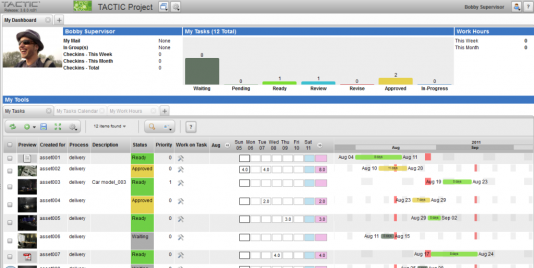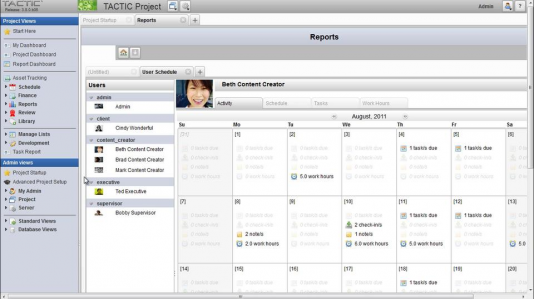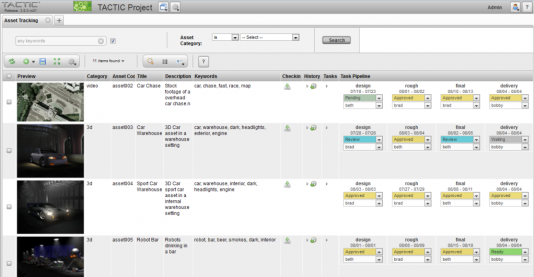Southpaw follows in the footsteps of Blender, Acquia, and Aras by giving away the software and making money on support services.
Most people who pay attention to the software business are aware of Red Hat, a company that built a billion-dollar business selling services for a custom version of Linux OS it gives away. But Red Hat is not the only open source software success story; plenty of other companies are doing well by giving away software.

The Blender Foundation keeps a team of four employed providing support and documentation for the free open source 3D modeling and animation product. When start-up PLM vendor Aras realized its new software was not going to make headway against the likes of Teamcenter or Windchill using traditional methods, it took a look at the open source market and decided to swim in a different direction, releasing Aras Innovator as open source software. Today Aras is thriving, backed by venture capital, with a substantial group of resellers and technology partners. It continues to give away Aras Innovator, but charges for custom installation and support and extends its capabilities with targeted commercial software. Privately held Aras doesn’t reveal its revenue but recently outgrew its office space and moved into swanky quarters in Andover, one of Boston’s more expensive suburbs.
Acquia is another recent open source software success story. Founded by the original developer of web content management system Drupal, Acquia has attracted $38.5 million in venture capital and is ranked at No. 8 on the Inc. Magazine 500 2011 list of hot private companies, and No. 1 on Inc.’s software list. Acquia claims more than 700 enterprise customers and federal agencies rely on it to host and manage their web sites.
It is against the backdrop of making money by giving away software that Southpaw Technology took the plunge this summer and released Tactic, its production asset management software, as open source software. Now any game or film studio, VFX house, or other digital content creation teams can use Tactic for free to manage digital assets and related production workflow.

The open source code is initially available from Southpaw as a new product called Tactic Team. Downloadable from Southpaw’s website, Tactic Team is a desktop version suitable for smaller teams and for the evaluation of Tactic’s core features. The plan is that once users become accustomed to Tactic Team, they can upgrade to the more robust Tactic Team Enterprise with or without assistance from Southpaw support staff.
Southpaw CTO and co-founder Remko Noteboom says Toronto-based Tactic has its roots in VFX and CG, but is now being used for a wide variety of uses where digital assets such as 3D models, photographs, and animations are in use. As it became used as a general solution for tracking asset workflow, Southpaw saw revenue from services grow as a percentage of total revenue. The founders decided to end selling Tactic as commercial software and relaunched as open source.
“Acquia has seen amazing growth,” says Noteboom. “Their success was a great encouragement to us.”
Noteboom says companies look for something like Tactic as their digital assets pile up and become cumbersome to reuse from one project to the next. He says most companies with software in the production asset management (PAM) space focus on storage and retrieval, but Tactic adds process workflow to the mix.

Existing customers include:
Legend3D: This specialist in converting films to 3D used Tactic on recent projects including “Hugo,” “The Amazing Spider-Man,” and “Ghost Rider: Spirit of Vengeance.”
Saatchi & Saatchi LA: The Los Angeles office of this global marketing agency manages an extensive database of virtual parts, props, and locations for its automotive customers.
Lockheed Martin Aeronautics: LMA uses Tactic to manage digital assets and to automate related business processes such as time sheet updates, billing, and project costing. LMA also uses Tactic to integrate with its Catia engineering software and a variety of Adobe products, and also uses Tactic to manage physical assets for video shoots.
Tactic runs under the Eclipse Public License, an Open Source Initiative approved open source license. EPL is designed to be a business-friendly free software license. The receiver of EPL-licensed programs can use, modify, copy and distribute the work and modified versions, in some cases being obligated to release their own changes.
Our take
If going open source can be so successful, then why don’t more software companies go that route? Southpaw CTO Noteboom notes that successful open source software product share one important characteristic: they are a general-purpose application. Blender could be considered an exception to the rule, except that it is about as general purpose as a 3D modeler can be. It also only supports a team of four—and two of them are part-time.
Southpaw CEO Gary Mundell says the general-purpose nature of Tactic was a major factor in going open source. “Tactic is now being used across multiple industries, where every company has its own unique workflow, and needs a foundational product like ours to streamline that workflow.”
The other reason more software companies don’t go open source is more visceral in nature. It is just plain scary to imagine those first few months after a product becomes a giveaway. What if it doesn’t attract a large enough following to make service and support profitable? Aras and Acquia had venture capital to support them during the initial release. Blender created a foundation and raised money from users. Without a nest egg, most startups quickly dismiss open source for one simple reason—cash flow.
Related
How Aras makes money by giving away PLM software
Blender keeps churning out free top-quality 3D modeling and animation





